Home>Home Maintenance>What Are Red Flags In A Home Inspection
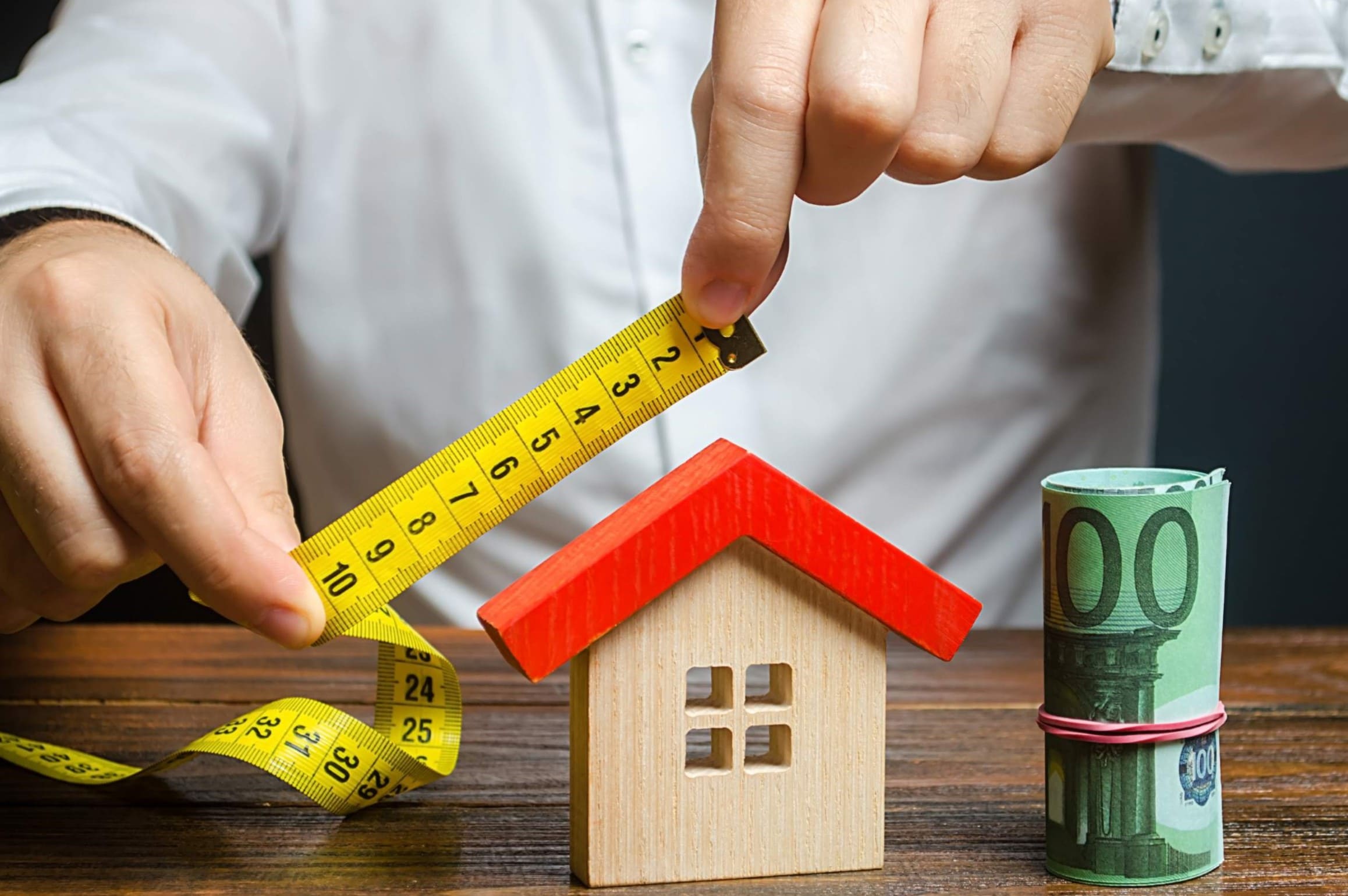

Home Maintenance
What Are Red Flags In A Home Inspection
Modified: August 27, 2024
Learn about the red flags to watch out for during a home inspection. Ensure your home maintenance is on track with expert tips and advice.
(Many of the links in this article redirect to a specific reviewed product. Your purchase of these products through affiliate links helps to generate commission for Storables.com, at no extra cost. Learn more)
Introduction
When buying or selling a home, a crucial step in the process is a thorough home inspection. A home inspection is an evaluation of the property’s condition, conducted by a professional inspector. It helps identify any potential problems or red flags that may be present in the house.
Whether you are the buyer or the seller, a home inspection provides essential information to make informed decisions. For buyers, it ensures they understand the true condition of the property they are considering purchasing. For sellers, it allows them to address any issues before putting the house on the market or adjust the selling price accordingly.
So, what are red flags in a home inspection? Red flags are warning signs that indicate potential problems or areas of concern in a property. These are issues that could impact the safety, functionality, or value of the home.
This article will delve into the different red flags to look for in a home inspection, ranging from exterior issues to safety hazards and everything in between. By understanding and recognizing these red flags, you can make more informed decisions when it comes to your home purchase or sale.
Key Takeaways:
- Look out for exterior red flags like cracks in walls, poor drainage, and deteriorating siding during a home inspection. These could indicate structural issues and potential maintenance needs.
- Pay attention to electrical red flags such as outdated wiring and faulty outlets. Addressing these issues promptly is crucial for the safety and functionality of the home.
Read more: What Is Flagging In Construction
What is a Home Inspection?
A home inspection is a detailed examination of a property’s physical condition. It is typically conducted by a professional inspector who assesses various aspects of the home, including its structure, systems, and components. The purpose of a home inspection is to identify any existing or potential issues that may require attention or repairs.
During a home inspection, the inspector will thoroughly examine both the interior and exterior of the property. This includes but is not limited to the following areas:
- Roofing
- Structural components
- Electrical systems
- Plumbing systems
- HVAC (Heating, Ventilation, and Air Conditioning) systems
- Interior features (such as walls, ceilings, floors, windows, and doors)
- Exterior features (such as the foundation, siding, gutters, and landscaping)
It is important to note that a home inspection is different from an appraisal. While an appraisal evaluates the value of a property for financing purposes, a home inspection focuses on the condition of the property and identifies any potential issues or red flags.
After the inspection is completed, the inspector will provide a comprehensive report detailing their findings. This report outlines the condition of different components of the house and highlights any concerns or defects discovered during the inspection. It is important to review this report in detail and discuss any questions or concerns with the inspector to ensure a clear understanding of the property’s condition.
It is advisable to hire a qualified and experienced home inspector to perform the inspection. This ensures that the inspection is thorough and provides accurate information about the property. Many home buyers and sellers consider a home inspection a vital part of the real estate process, as it helps them make informed decisions, negotiate repairs, or adjust sale prices.
Importance of a Home Inspection
A home inspection plays a significant role in the home buying and selling process. It provides valuable information that can guide decisions and ensure a smooth transaction. Here are some key reasons why a home inspection is important:
- Identifying Potential Issues: A home inspection helps uncover potential problems or red flags that may not be visible to the untrained eye. This includes issues with the structure, electrical and plumbing systems, roofing, HVAC, and more. By identifying these issues early on, buyers can make informed decisions and sellers can address them before putting the house on the market.
- Ensuring Safety: A thorough home inspection examines safety hazards such as faulty electrical wiring, gas leaks, or structural instability. Detecting and addressing these hazards is crucial for the well-being of the occupants and can prevent accidents or injuries down the line.
- Negotiation Tool: The findings of a home inspection report can be used as a negotiation tool between buyers and sellers. If significant issues are identified, buyers can request repairs or ask for a reduction in the sale price to account for the cost of addressing these issues. On the other hand, sellers can address the concerns upfront or adjust the sale price accordingly.
- Financial Protection: A home is a significant investment, and a thorough inspection helps protect buyers from unexpected financial burdens. It allows buyers to understand the true condition of the property and make informed decisions based on the potential repair or maintenance costs that may arise in the future.
- Peace of Mind: Knowing the condition of the property gives both buyers and sellers peace of mind. Buyers can move forward with their purchase confidently, knowing they made an informed decision. Sellers can have confidence in their asking price, knowing they have addressed any potential issues and presented a well-maintained property to potential buyers.
It is important to note that a home inspection is not a guarantee against future problems, nor does it cover hidden defects. However, it provides a comprehensive evaluation of the property at the time of the inspection, empowering both buyers and sellers to make informed decisions.
Overall, a home inspection is an essential step in the home buying or selling process. It helps identify potential issues, ensures safety, acts as a negotiation tool, provides financial protection, and ultimately brings peace of mind to all parties involved.
Red Flags to Look for in a Home Inspection
During a home inspection, certain red flags may be identified that indicate potential issues or areas of concern in the property. These red flags should not be taken lightly, as they can impact the safety, functionality, or value of the home. Here are some key red flags to look for during a home inspection:
- Exterior Red Flags: Pay attention to the condition of the exterior walls, foundation, and landscaping. Cracks in the walls, unevenness in the foundation, or poorly maintained landscaping can be signs of structural issues or neglect.
- Roofing Red Flags: Look for missing or damaged shingles, signs of leaks such as water stains on the ceiling, or sagging gutters. These signs can indicate a failing roof that may require costly repairs or replacement.
- Structural Red Flags: Check for cracks in the foundation, uneven floors, or doors and windows that do not open or close properly. These issues could indicate structural instability or foundation problems.
- Electrical Red Flags: Be aware of outdated electrical systems, exposed wiring, faulty outlets, or flickering lights. These issues can pose safety hazards and may require rewiring or updates to meet modern electrical standards.
- Plumbing Red Flags: Look for signs of leaks, such as water stains, mold, or musty smells. Low water pressure, slow drainage, or plumbing fixtures that are not functioning properly may indicate plumbing issues that need attention.
- HVAC System Red Flags: Pay attention to the age and condition of the heating and cooling systems. Inefficient or outdated systems can result in high energy bills and may require costly repairs or replacement.
- Pest and Mold Red Flags: Keep an eye out for signs of pests, such as chewed wires or droppings, as well as indications of mold growth, such as musty odors or visible mold patches. These issues can be detrimental to the health of occupants and may require professional treatment.
- Safety Hazards and Code Violations: Check for safety hazards, such as exposed wires, lack of proper ventilation, or non-functioning smoke detectors. Additionally, be aware of any code violations that may exist, as they may need to be addressed to ensure compliance.
If any of these red flags are identified during a home inspection, it is important to seek further evaluation or consultation from specialized professionals, such as structural engineers, electricians, or plumbers. They can provide a more in-depth assessment and offer guidance on the necessary repairs or actions to take.
It is worth noting that not all issues identified during a home inspection are deal-breakers. Some may be minor or easily remedied. However, it is crucial to have a clear understanding of the potential issues and their implications before proceeding with a home purchase or sale.
Exterior Red Flags
During a home inspection, the exterior of the property should be carefully examined for any red flags that may indicate potential issues or areas of concern. Here are some common exterior red flags to look for:
- Cracks in the Walls: Cracks in the exterior walls can be a sign of structural issues or settlement problems. Pay close attention to the size, location, and direction of the cracks, as well as whether they appear to be expanding or spreading.
- Uneven Foundation: Take note of any signs of an uneven foundation, such as sloping floors or visible gaps between the foundation and the rest of the structure. These issues can indicate foundation settlement or shifting, which may require costly repairs.
- Poor Drainage: Evaluate the grading around the property to ensure that water is properly directed away from the foundation. Improper drainage can result in water intrusion, foundation damage, or basement flooding.
- Deteriorating Siding: Inspect the condition of the exterior siding or cladding materials. Look for signs of rot, peeling paint, or cracks, as these issues can lead to water damage and structural deterioration.
- Inadequate Ventilation: Check for proper ventilation in the attic and crawl spaces. Inadequate ventilation can result in moisture buildup, which can lead to mold growth, wood rot, and other related issues.
- Poorly Maintained Landscaping: Pay attention to the landscaping around the property. Overgrown trees or shrubs in close proximity to the house can pose a risk as their roots may damage the foundation or branches may cause structural damage during storms.
- Faulty or Inadequate Exterior Lighting: Evaluate the functionality of exterior lighting fixtures. Ensure that they are in good working condition and provide adequate illumination for safety and security purposes.
If any of these red flags are identified during a home inspection, it is essential to further evaluate the extent of the issues and consult with professionals, such as foundation specialists or landscapers, to determine the necessary repairs or corrective measures.
Remember that addressing exterior issues promptly can help prevent further damage and maintain the structural integrity of the property. It is always advisable to include a thorough examination of the exterior in a home inspection to ensure a comprehensive evaluation of the property’s condition.
Read more: Home Decor: What Goes With Red
Roofing Red Flags
During a home inspection, the condition of the roof is a critical component to assess. A well-maintained roof protects the property from water damage and ensures the safety and comfort of its occupants. Here are some roofing red flags to look for:
- Missing or Damaged Shingles: Check for any missing, cracked, or curling shingles. These indicate deterioration and can leave the roof vulnerable to water leakage and further damage.
- Water Stains on the Ceiling: Look for water stains or discoloration on the interior ceilings. This can suggest a roof leak that may need to be addressed promptly to prevent further water damage.
- Sagging Gutters: Inspect the gutters for any sagging or detachment. This can be a sign of improper installation, clogged gutters, or water accumulation, which can lead to water damage and structural issues.
- Blocked Ventilation: Ensure that the roof’s ventilation system is not blocked by debris, such as leaves or nests. Proper ventilation is crucial for preventing moisture buildup, which can result in the growth of mold and mildew.
- Flashing Issues: Examine the flashing around chimneys, skylights, and vents. Damaged or improperly installed flashing can cause water to seep into the roof and lead to leaks or structural damage.
- Excessive Moss or Algae: Pay attention to the presence of moss, algae, or fungal growth on the roof. This can indicate poor drainage or excessive moisture, which can deteriorate the roof’s surface if not addressed.
- Age of the Roofing Material: Consider the age of the roof and its expected lifespan. If the roof is nearing the end of its lifespan, it may require repairs or replacement in the near future.
If any of these roofing red flags are observed during a home inspection, it is recommended to consult with a professional roofing contractor. They can provide a more thorough assessment of the roof’s condition and offer advice on repairs or the need for a full roof replacement.
Keep in mind that addressing roofing issues promptly is crucial to prevent further damage and maintain the integrity of the property. Additionally, a well-maintained roof adds value to the home and provides peace of mind to its occupants.
Structural Red Flags
During a home inspection, evaluating the structural components of the property is of utmost importance. The structural integrity of a home ensures its stability, safety, and longevity. Here are some structural red flags to look for during a home inspection:
- Cracks in the Foundation: Examine the foundation for cracks or signs of shifting. Vertical cracks are often minor, but horizontal or diagonal cracks could be indications of more severe structural issues.
- Uneven Floors: Walk through the house and pay attention to any noticeable sloping or unevenness in the floors. This may indicate an uneven foundation or structural problems that require further investigation.
- Doors and Windows that Stick: Test the doors and windows to see if they open and close smoothly. Difficulty in operating these fixtures could be a sign of building movement or foundation issues.
- Sagging or Bowing Walls: Look for any walls that appear to be sagging or bowing inward. This can indicate structural instability or potential issues with the framing of the house.
- Cracks in Interior Walls: Inspect the interior walls for cracks, especially in areas where there may be stress or load-bearing walls. Large or widening cracks may suggest structural movement and should be evaluated by a professional.
- Rot or Decay: Check for any signs of rot or decay in wooden structures, such as beams, joists, or support columns. This can compromise the structural integrity and require repairs or replacement.
- Evidence of Pests: Look for signs of pests such as termites or carpenter ants, as they can cause significant damage to the structural components of a home. Pay attention to hollow-sounding wood, wood shavings, or small holes.
If any of these structural red flags are identified during a home inspection, it is important to consult with a professional, such as a structural engineer or contractor specializing in structural repairs. They can provide a more detailed analysis and recommend appropriate solutions.
Remember, addressing structural issues is crucial for the safety and stability of a home. Neglecting such issues can lead to more extensive damage or even compromise the structural integrity of the property.
Look for signs of water damage, such as stains on the ceiling or walls, musty odors, or warped floors. These could indicate potential issues with the home’s plumbing or foundation.
Electrical Red Flags
During a home inspection, it is essential to evaluate the electrical system of the property to ensure it is functioning safely and efficiently. Identifying potential electrical red flags is important for the safety of the occupants and the overall condition of the home. Here are some electrical red flags to look for:
- Outdated Wiring: Determine the age of the electrical wiring in the house. Outdated or knob-and-tube wiring systems may need to be replaced or upgraded to meet current safety standards.
- Exposed Wiring: Inspect the visible wiring throughout the house to ensure it is properly enclosed and protected. Exposed or frayed wires pose a safety hazard and should be addressed promptly.
- Faulty Outlets or Switches: Test the outlets and switches to ensure they are functioning correctly. Loose or non-functioning outlets, flickering lights, or switches that do not work properly can indicate wiring problems or faulty electrical components.
- Insufficient Number of Outlets: Assess the number of outlets in each room. Inadequate outlets can lead to the use of extension cords, which can overload circuits and be a fire hazard.
- Inadequate Grounding: Check for proper grounding of the electrical system. Grounding is essential for protecting against electrical shocks and should be present throughout the property.
- Overloaded Circuits: Verify that the electrical panel can handle the electrical demand of the house. Tripped breakers or frequently blown fuses may indicate overloaded circuits that need to be addressed.
- Lack of GFCI Outlets: Look for Ground Fault Circuit Interrupter (GFCI) outlets in areas prone to moisture, such as bathrooms, kitchens, and outdoor areas. GFCI outlets provide protection against electrical shock and should be installed where required.
If any of these electrical red flags are identified during a home inspection, it is important to consult with a licensed electrician for further evaluation and potential repairs. Electrical issues can pose serious safety hazards and should not be overlooked or attempted to be fixed without professional assistance.
Remember, a properly functioning and safe electrical system is crucial for the well-being of the occupants and the overall functionality of the home.
Plumbing Red Flags
During a home inspection, it is important to thoroughly examine the plumbing system to ensure its functionality and identify any potential issues. Plumbing problems can lead to water damage, costly repairs, and inconvenience for homeowners. Here are some plumbing red flags to look for:
- Leaking Pipes: Check for any visible signs of leaking pipes, such as water stains, mold, or musty odors. Leaks can cause water damage to the structure and should be addressed promptly.
- Poor Water Pressure: Turn on the faucets and showers to assess the water pressure. Low water pressure could indicate a clogged or corroded pipe, a problem with the water supply, or inadequate plumbing system design.
- Slow Draining: Test the sinks, showers, and tubs to ensure they are draining properly. Slow drainage may be a sign of a clog in the pipes, which could lead to blockages and backups if not addressed.
- Water Heater Issues: Inspect the water heater for any signs of leakage or corrosion. Additionally, verify the age of the water heater, as older units may be nearing the end of their lifespan and may require replacement soon.
- Running Toilet: Listen for any sounds of a continuously running toilet or trickling water. A running toilet can waste a significant amount of water and may indicate a faulty fill valve or flapper that needs to be replaced.
- Polybutylene Pipes: Determine if the property has polybutylene pipes, which were commonly used from the 1970s to the 1990s. These pipes are prone to leaks and may lead to costly repairs or replacements.
- Inadequate Ventilation: Check for proper ventilation in the bathrooms and kitchen. Inadequate ventilation can lead to excess moisture, which can cause mold and mildew growth and damage the plumbing fixtures.
If any of these plumbing red flags are identified during a home inspection, it is advisable to consult with a licensed plumber for further evaluation and potential repairs. Plumbing issues can be complex and require professional expertise to address effectively.
Remember, a well-functioning plumbing system is crucial for the comfort and convenience of the occupants, as well as the overall condition of the home. Addressing plumbing problems promptly can prevent further damage and ensure a functioning water supply for the property.
Read more: How To Store Flags
HVAC System Red Flags
During a home inspection, it is important to thoroughly evaluate the HVAC (Heating, Ventilation, and Air Conditioning) system to ensure it is in good working condition. A properly functioning HVAC system is essential for maintaining a comfortable and healthy indoor environment. Here are some HVAC system red flags to look for:
- Age of the System: Determine the age of the HVAC system. Older systems nearing the end of their lifespan may be less efficient and more prone to breakdowns, requiring costly repairs or replacement.
- Inconsistent Temperature: Test the heating and cooling capabilities in different areas of the house. Inconsistent or uneven temperature distribution may indicate issues with the HVAC system, such as ductwork problems or improper equipment sizing.
- Strange Noises or Odors: Listen for any unusual sounds coming from the HVAC system, such as grinding, rattling, or banging noises. Foul or musty odors can also indicate problems, such as mold growth or issues with the ventilation system.
- Poor Airflow: Assess the airflow from the vents throughout the house. Insufficient airflow may suggest blockages in the ductwork, clogged filters, or issues with the blower fan.
- Frequent Cycling: Note if the HVAC system frequently turns on and off. This may indicate an oversized or undersized system, improper thermostat settings, or faulty components.
- Inadequate Insulation: Evaluate the level of insulation in the ductwork. Poorly insulated ducts can result in energy loss and decreased system efficiency.
- Lack of Maintenance: Inquire about the previous maintenance history of the HVAC system. A lack of regular maintenance can lead to reduced efficiency, increased energy consumption, and potential breakdowns.
If any of these HVAC system red flags are identified during a home inspection, it is advisable to consult with a licensed HVAC technician for a more detailed evaluation and potential repairs. HVAC systems are complex and require professional expertise to diagnose and resolve issues effectively.
Remember, a well-functioning HVAC system is crucial for maintaining a comfortable indoor environment and optimizing energy efficiency. Addressing HVAC system problems in a timely manner can prevent further damage and ensure the longevity and reliability of the system.
Pest and Mold Red Flags
During a home inspection, it is important to be aware of any signs of pest infestation or mold growth. These issues can have serious implications for both the structure of the home and the health of its occupants. Here are some pest and mold red flags to look for:
- Visible Signs of Pests: Look for any visible signs of pests, such as droppings, gnaw marks, or insect wings. Pests can include termites, rodents, ants, cockroaches, or other common household pests.
- Rotting or Damaged Wood: Examine wooden structures, such as beams or window frames, for any signs of rot or damage. These areas can be attractive to pests and may indicate existing infestations.
- Presence of Termites: Pay close attention to any signs of termite activity, such as termite tubes, discarded wings, or hollow-sounding wood. Termites can cause significant structural damage and may require professional extermination.
- Mold or Musty Odors: Look for any visible mold growth or musty odors, especially in areas prone to moisture, such as basements, bathrooms, or kitchens. Mold can be a health hazard and may indicate water intrusion or inadequate ventilation.
- Water Stains or Discoloration: Check for water stains or discoloration on walls, ceilings, or floors. These stains can be signs of past or ongoing water leaks, which can contribute to mold growth and compromise the integrity of the home.
- Unpleasant or Stale Odors: Pay attention to any unpleasant or stale odors, especially in poorly ventilated areas. These odors can be an indication of mold, rot, or hidden water damage.
- Damaged Insulation or Ductwork: Inspect the insulation in the attic or crawl spaces for any signs of pest damage or mold growth. Additionally, check the condition of the ductwork for signs of pests or mold contamination.
If any of these pest or mold red flags are identified during a home inspection, it is essential to address them promptly. Consult with professionals, such as pest control experts or mold remediation specialists, to evaluate the extent of the problem and determine the necessary steps for remediation.
Remember, dealing with pest infestations and mold issues early can prevent further damage to the home and protect the health and well-being of the occupants.
Safety Hazards and Code Violations
During a home inspection, it is crucial to identify any safety hazards or code violations that may compromise the well-being of the occupants or violate local building regulations. Here are some common safety hazards and code violations to look for:
- Electrical Safety Hazards: Look for exposed wiring, overloaded outlets, or inadequate grounding. These issues can pose a risk of electrical shock or fire.
- Missing or Faulty Smoke Detectors: Check that smoke detectors are installed in the appropriate locations and are functioning correctly. Smoke detectors are critical for early detection of fires and ensuring the safety of the occupants.
- Lack of Carbon Monoxide Detectors: Carbon monoxide detectors should be installed in areas with fuel-burning appliances, such as furnaces or fireplaces. Carbon monoxide is an odorless and potentially lethal gas, so detectors are essential for detection and protection.
- Inadequate Handrails or Guardrails: Verify that staircases, balconies, and elevated areas have secure handrails or guardrails. Inadequate or missing railings can pose a significant safety risk, especially for children or individuals with mobility issues.
- Unsafe Deck or Balcony: Inspect the condition of the deck or balcony to ensure it is structurally sound and free from rot, decay, or loose boards. A deteriorating or unstable deck can lead to accidents or injuries.
- Mold or Asbestos: Identify any presence of mold or asbestos, which can have adverse health effects. Mold can thrive in areas with high humidity or water damage, while asbestos may be found in older homes’ insulation, flooring, or ceilings.
- Improper Ventilation: Verify that there is proper ventilation in areas such as bathrooms, kitchens, and attics. Inadequate ventilation can lead to excess moisture, which can cause mold growth, decay, or even structural damage.
- Fire Safety Violations: Assess the property for any fire safety violations, such as blocked exits, lack of fire extinguishers, or non-compliant storage of flammable materials. These violations can pose a significant risk in the event of a fire.
If any safety hazards or code violations are identified during a home inspection, it is crucial to address them promptly. Consult with professionals, such as licensed contractors or inspectors, to rectify the issues and ensure compliance with local building codes and safety regulations.
Remember, the safety of the occupants should be a top priority, and addressing safety hazards and code violations is essential for a secure and compliant living environment.
Conclusion
A home inspection is a vital step in the process of buying or selling a property. It helps identify potential issues, red flags, and areas of concern that may affect the safety, functionality, or value of the home. By understanding and recognizing these red flags, both buyers and sellers can make more informed decisions and take appropriate actions.
Throughout the home inspection process, it is important to pay attention to various aspects of the property, from the exterior to the interior. Exterior red flags, such as cracks in the walls or foundation, must be carefully assessed for potential structural issues. Roofing red flags, like missing shingles or sagging gutters, may indicate the need for repairs or replacement.
Structural red flags, including uneven floors or cracks in interior walls, should not be overlooked as they may indicate structural instability or foundation problems. Electrical red flags, such as outdated wiring or faulty outlets, can pose safety hazards and may require professional attention.
Plumbing red flags, such as water leaks or poor drainage, should be addressed to prevent water damage and plumbing issues. HVAC system red flags, such as old or malfunctioning units, can impact comfort and energy efficiency, while pest and mold red flags require prompt remediation for the health of the occupants and the integrity of the home.
Lastly, safety hazards and code violations, such as electrical hazards, lack of smoke detectors, or inadequate handrails, must be addressed promptly to ensure the safety and compliance of the property.
In conclusion, a thorough home inspection is crucial for both buyers and sellers to gain a comprehensive understanding of the property’s condition. By looking out for these red flags and addressing them appropriately, buyers can make informed decisions, negotiate repairs, or adjust sale prices. Sellers can address any issues before listing the property, ensuring a smoother transaction.
Remember, when it comes to a home inspection, it is essential to consult with professionals in their respective fields to thoroughly evaluate and address any identified issues. This will lead to greater peace of mind and a more successful real estate experience for all parties involved.
Frequently Asked Questions about What Are Red Flags In A Home Inspection
Was this page helpful?
At Storables.com, we guarantee accurate and reliable information. Our content, validated by Expert Board Contributors, is crafted following stringent Editorial Policies. We're committed to providing you with well-researched, expert-backed insights for all your informational needs.
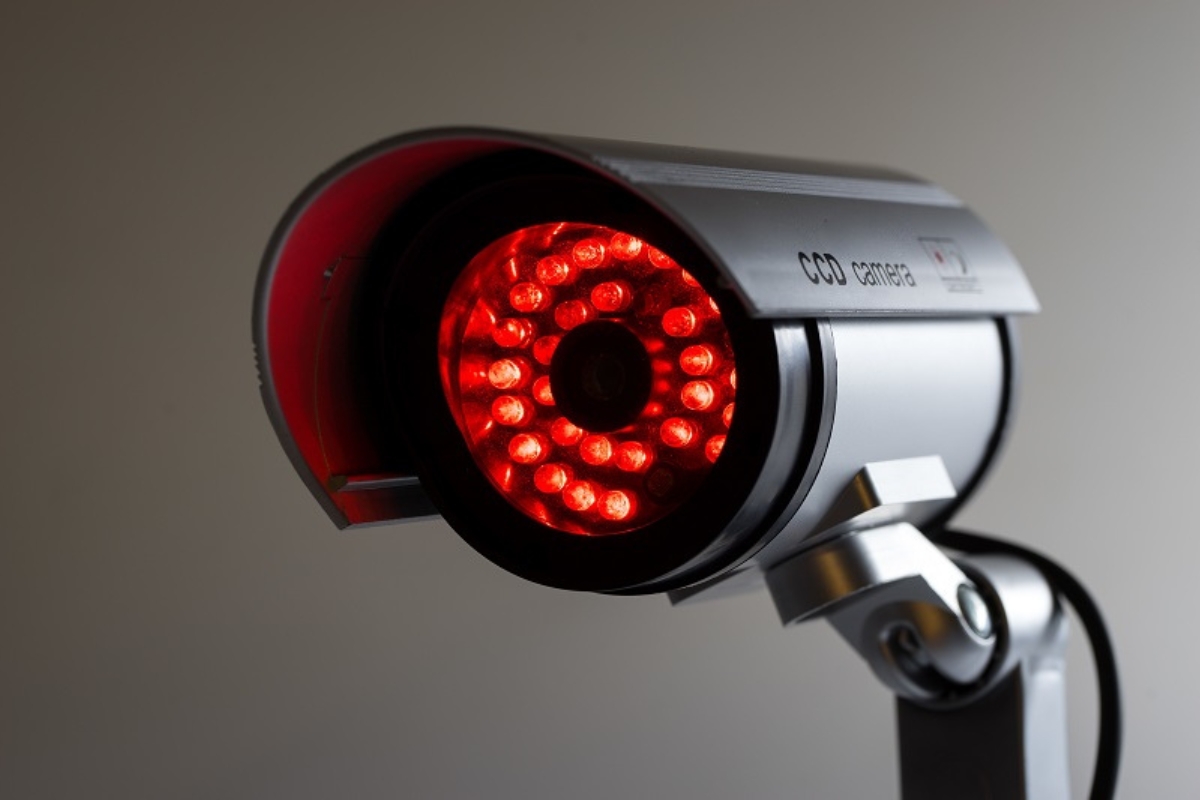


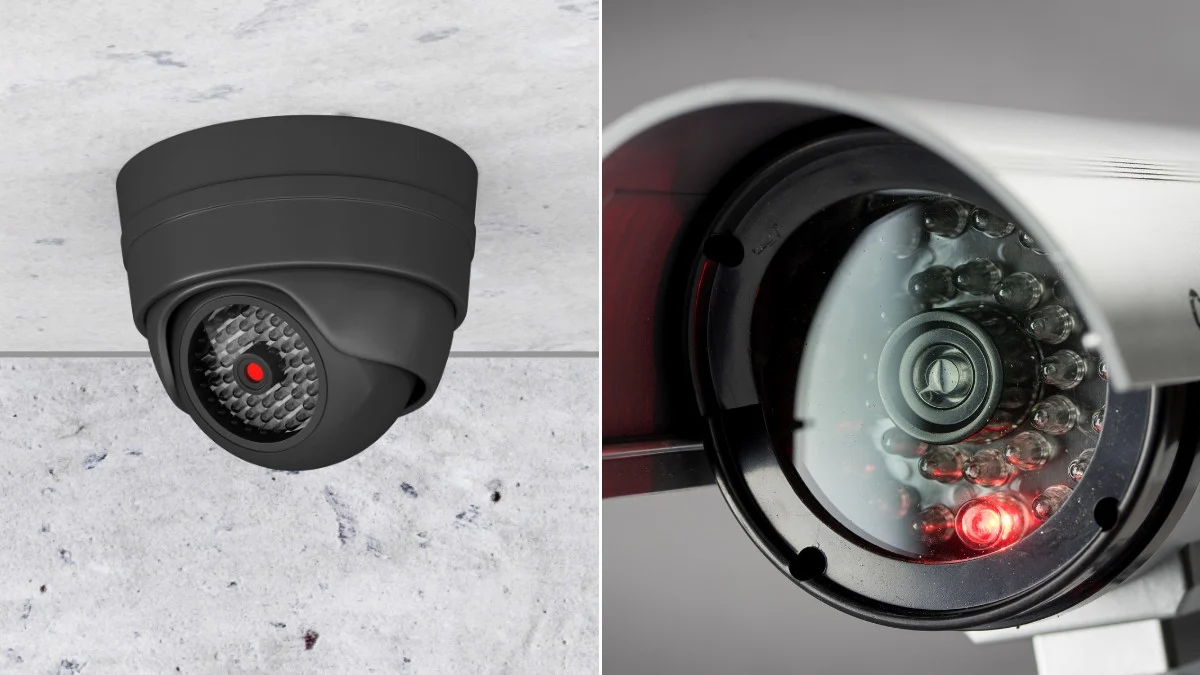
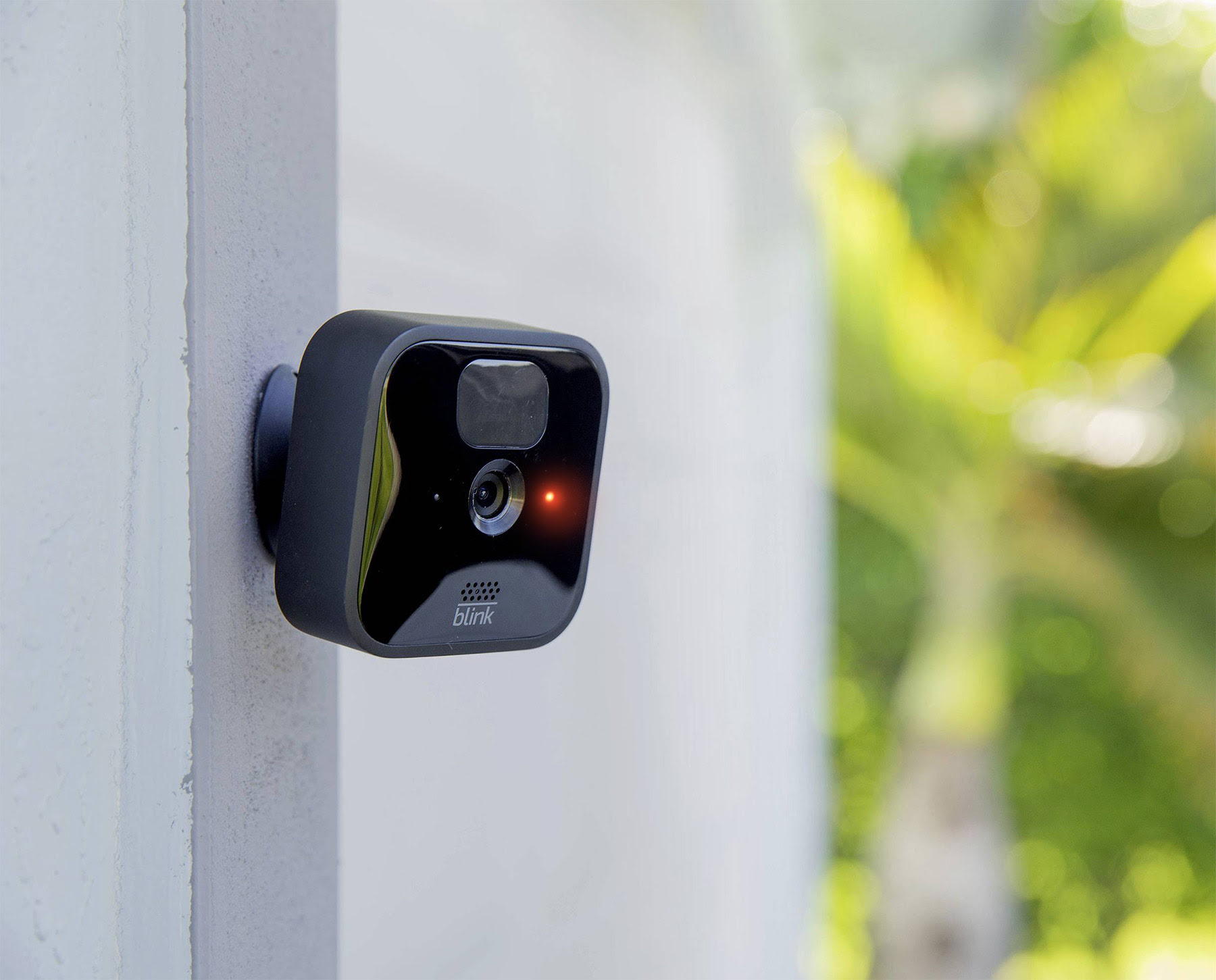
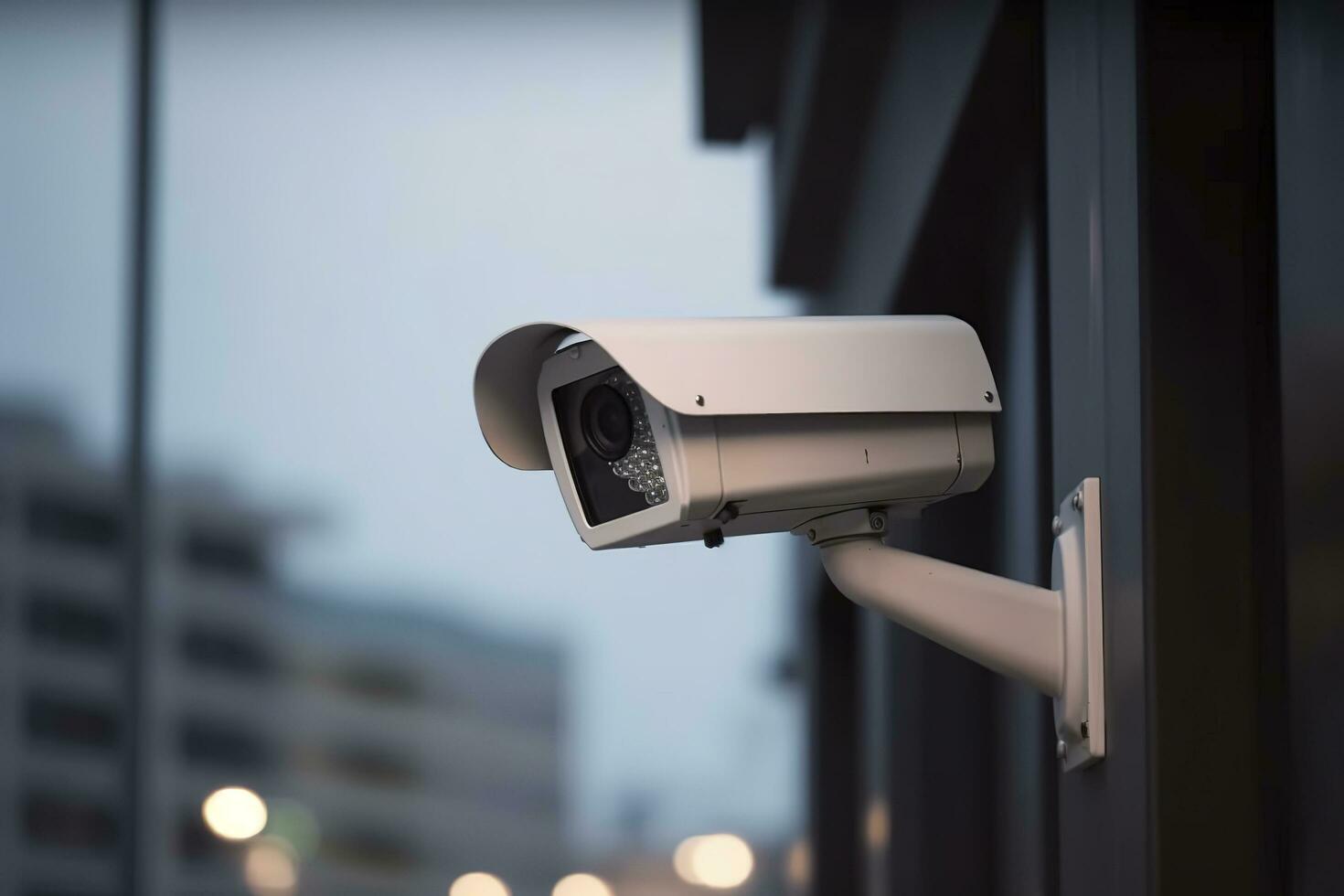


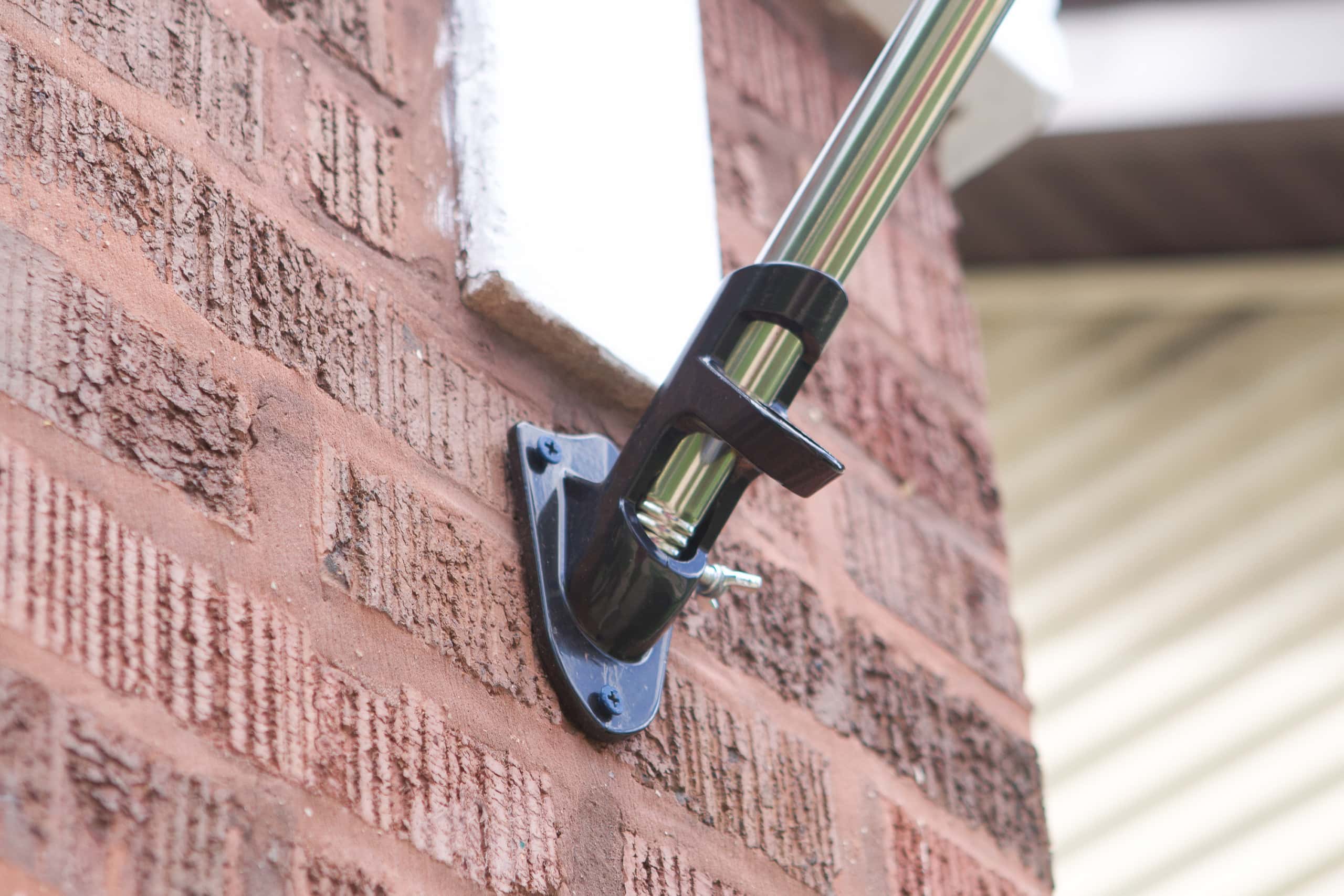
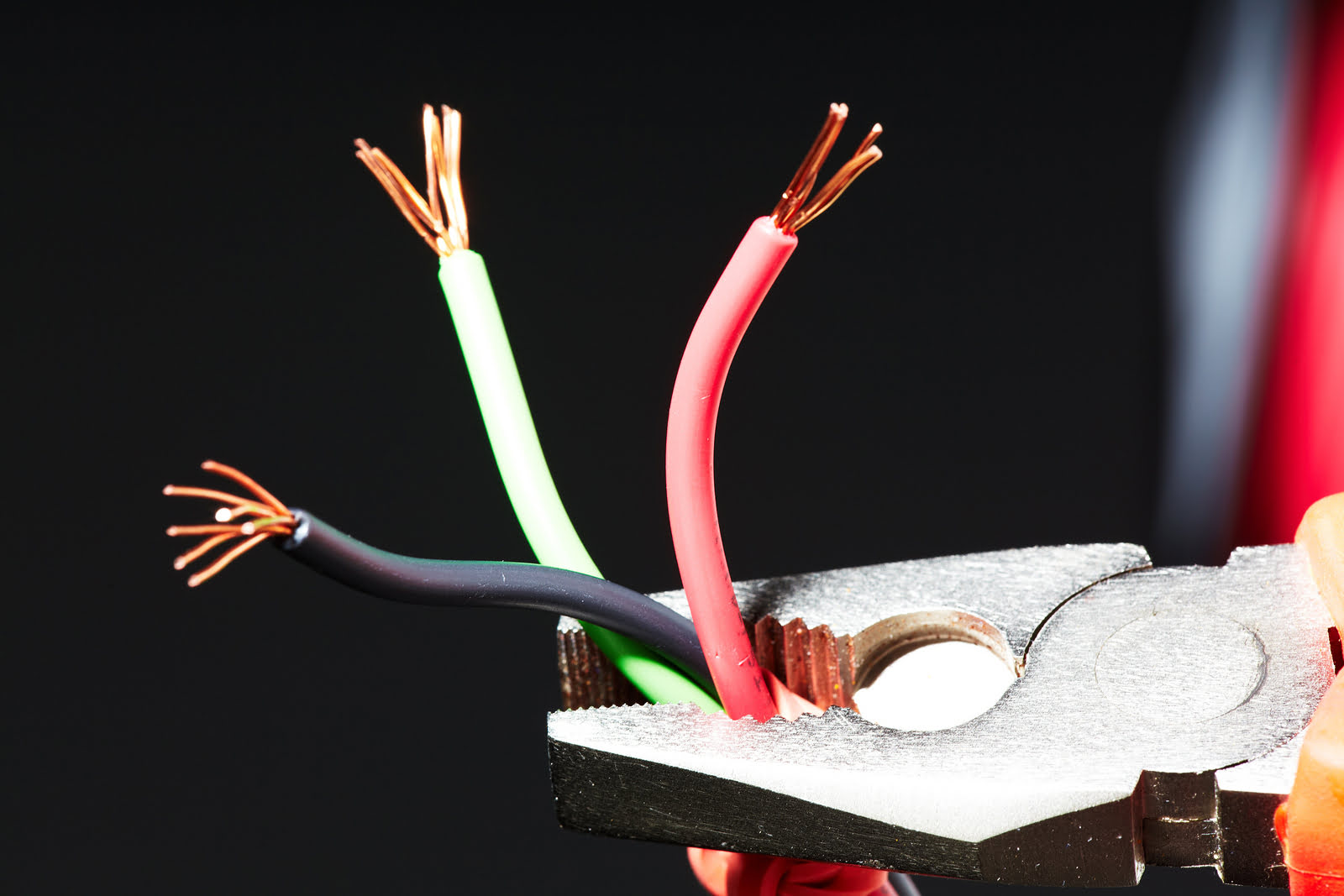

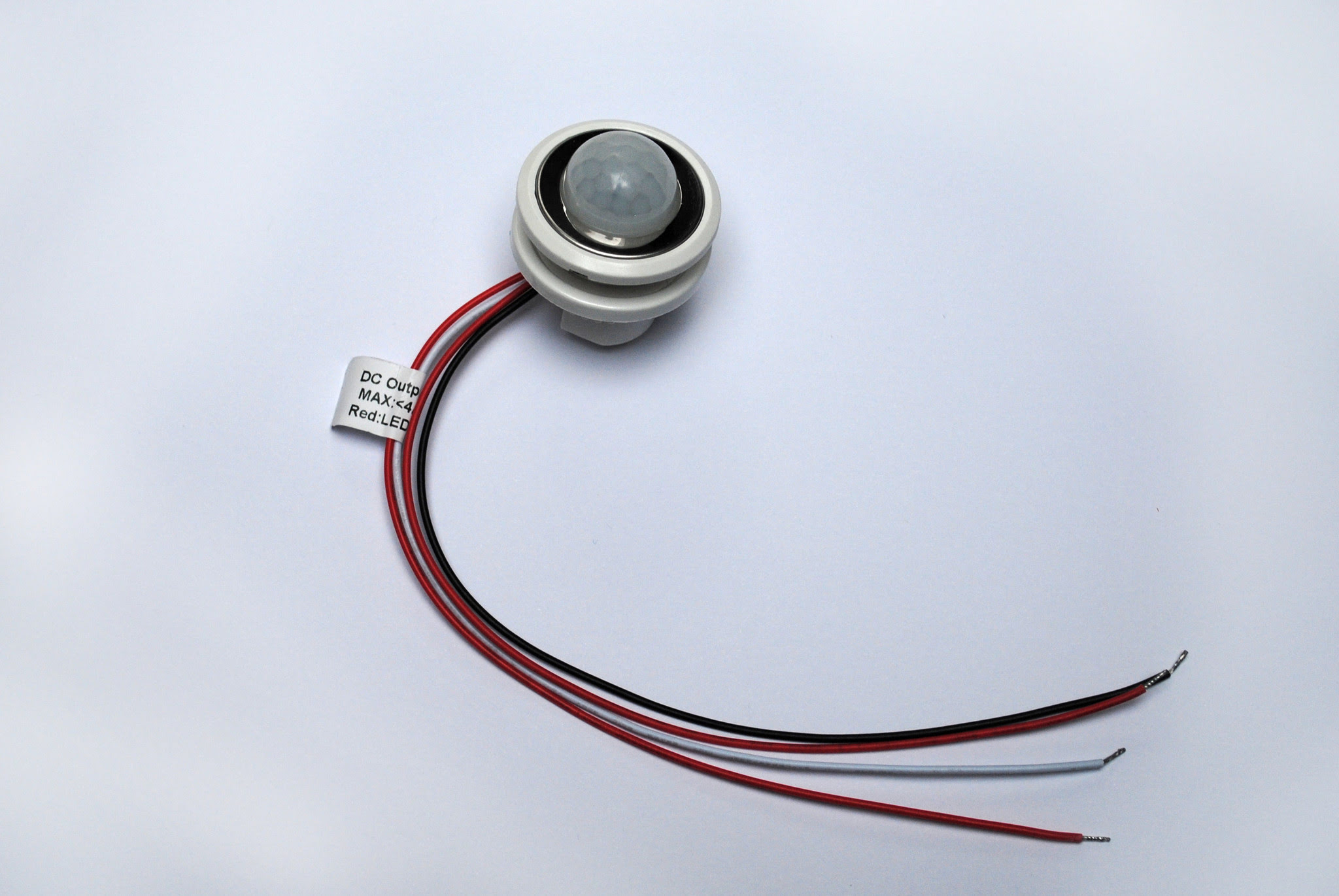
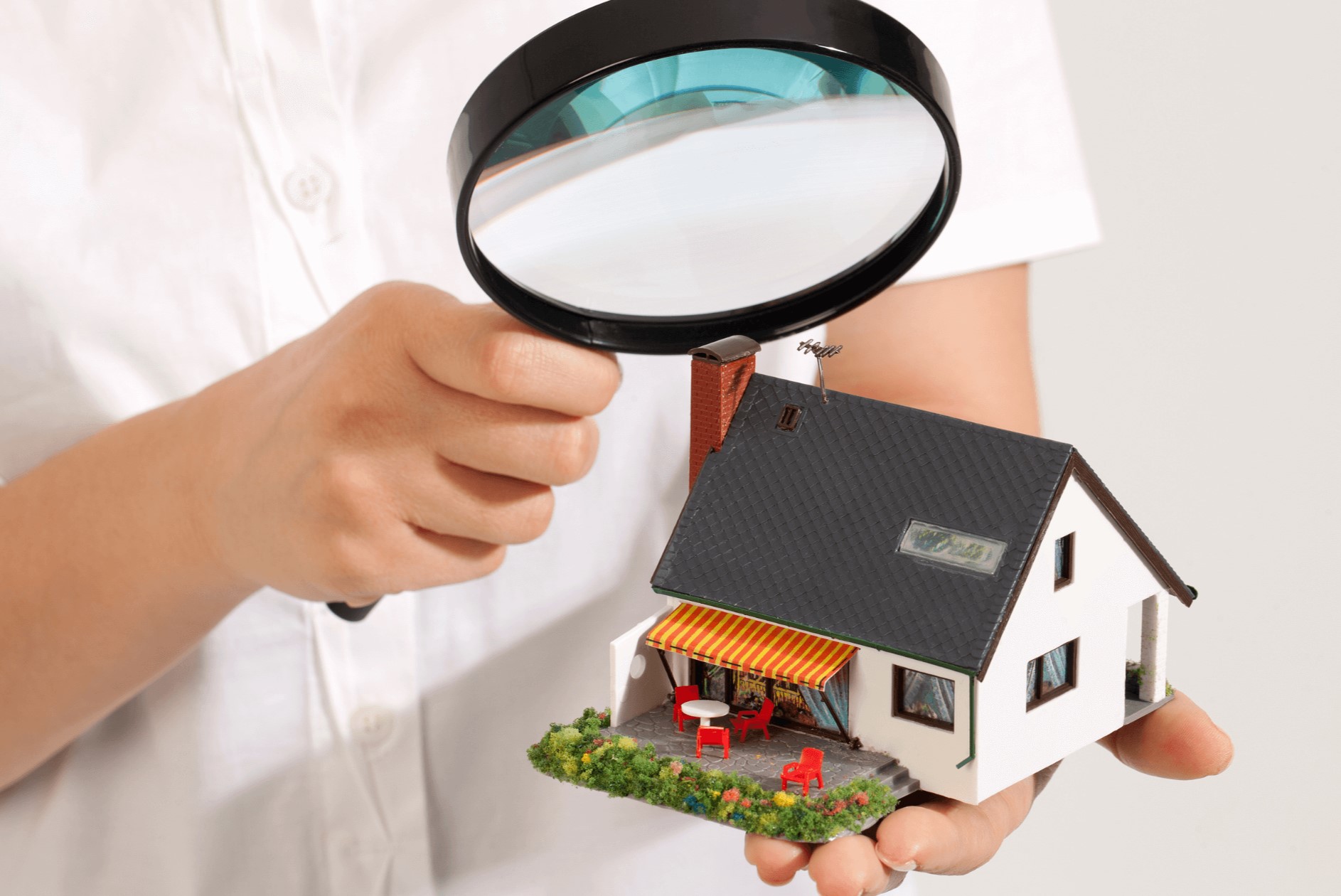

0 thoughts on “What Are Red Flags In A Home Inspection”